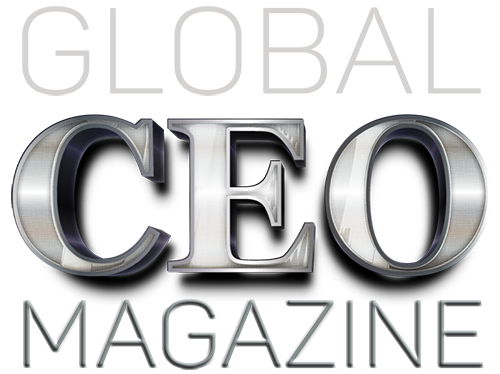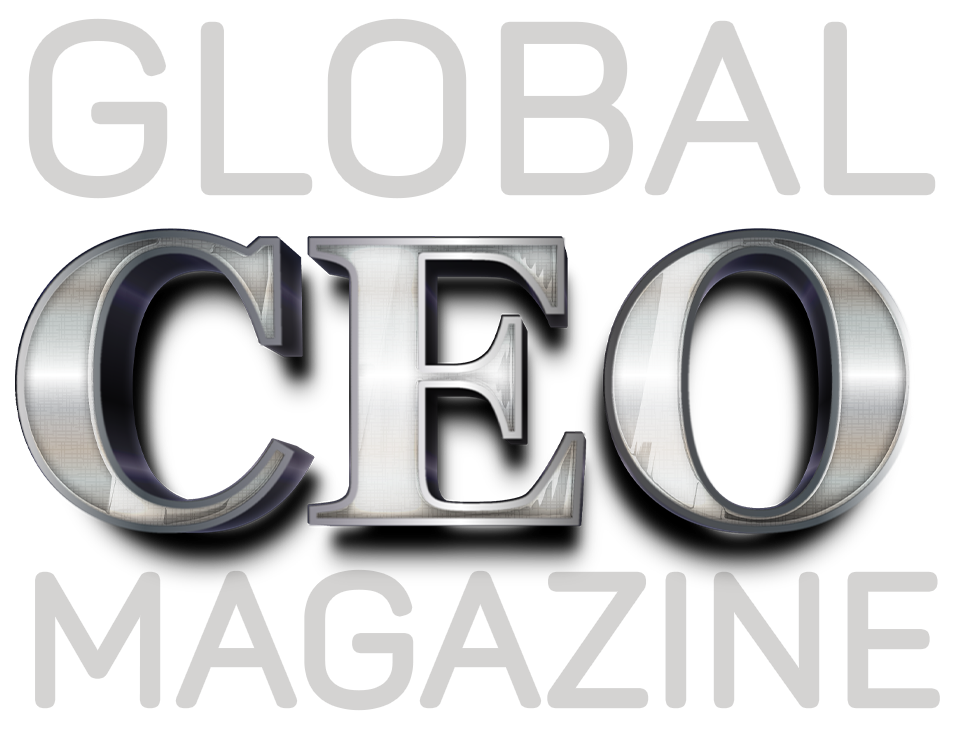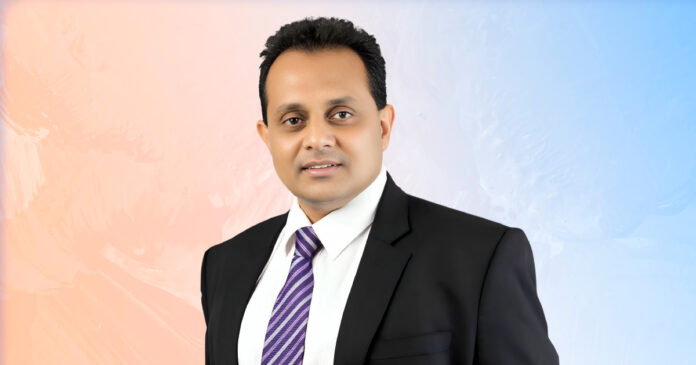By Dr Rohantha Athukorala
One of the most intriguing aspects of corporate life is how some industry leaders in Sri Lanka can give leadership to organisations for long periods of time, whilst others burn out very quickly. Let me share some insights.
Corporate Executive vs Being an Athlete
One of the founders of this new business ethos, Corporate Athleticism, Jim Loehr, says that if a corporate executive is to work at a high energy level equivalent to a professional athlete, the only way out is to increase stamina levels just like a top athlete of today. For instance, if we take a tennis superstar like Novak Djokovic or cricketing legend Virat Kohli, the challenges they face in the sports field are equal to those of a top corporate executive in the office.
Novak Djokovic’s daily routine includes serving, positioning returns with cross-court passes, followed by some aggressive play at the net, and then coming back to take a lob at the baseline. The next challenges he will face include questioning wrong line calls by the judges and engaging the crowd to maintain off-court relationships. It is also customary for a rough media conference to happen post-match, adding to the pressure on the player.
In comparison, a typical corporate executive faces similar challenges during a working week. Multiple decisions must be made by analysing data for decision-making. Convincing a team to perform at higher levels. One wrong decision can cost the company millions of rupees. Making presentations to secure new business, briefing the media on corporate affairs, engaging with policymakers to influence policy direction, and finally ensuring that the humour is maintained so that the spirit of the workplace is kept vibrant—this usually defines a top-performing executive of today.
This routine can be very mentally demanding, and it is very similar to that of a high-performing athlete today, which means that a corporate executive must be as fit as a top-performing athlete. Let me dig deeper into this concept.
The Difference
Whilst there are similarities, there are also many differences between the two. A top-class athlete like Djokovic competes only once a month and at maybe eight tournaments a year. On the other hand, a corporate executive has to perform each day for almost 12 hours at peak performance. Another difference is that an athlete takes up to a three-month break a year, whilst a corporate executive gets a maximum of two weeks off. The lifespan of a top athlete is between 10-15 years (if one is lucky), whilst a corporate executive will have to perform for 40-45 years.
This means that when you start working at 20 years, you continue until 65. This very clearly demonstrates that a corporate executive of today needs to be fitter than a professional athlete if one wants to be competitive in today’s corporate world.
Becoming a Corporate Athlete
Quoting Jim Loehr and Tony Schwartz, the creators of this discipline, corporate athleticism, a corporate athlete has four key capacities so that performance can be at a very high level. They are physical capacity, emotional capacity, mental capacity, and finally, spiritual capacity. Let me take each one and explain the intricacies.
Physical Capacity Development
Physical capacity is essentially the ability to continue working for long hours at peak performance. One can develop this by doing a 45-minute brisk walk three times a week. The objective is to get your heart rate up to 120 beats per minute, followed by a 15-minute routine that includes stomach exercises and stretching. In essence, it’s only one hour’s dedication that is required.
Maybe the venue can be Independence Square, where the motivation levels tend to be high due to the different shapes and styles in attendance. The other two days should include a light weight training session so that energy can be built. The maximum weight should be 50 kg. The objective is to stretch the muscle up to the point of tearing and then follow up with a rest day so that rebuilding takes place. Once this becomes a ritual, it’s very interesting. Maybe joining a gym and getting a trainer’s assistance can help.
Emotional Capacity Development
The next building block to becoming a corporate athlete is working on one’s emotional capacity. This is where a close relationship with a human being is a must during a working day. All it takes is a two to three-minute telephone call where intense closeness must be achieved so that certain positive hormones are elicited. If this is not done, research reveals that emotions such as self-pity and boredom can enter the system, eliciting negative emotions that are very harmful to health.
Unfortunately, most high-performing corporate executives feel that giving in to one’s emotional side is a feminine trait or, moreover, a weak characteristic that should not be exposed to others. Research also reveals that if one wants to be a corporate athlete in today’s high-performing environment, this second building block of developing emotional capacity is a must. The key thing to remember is that these building blocks must become a way of life in a busy executive’s working day. In other words, it has to become ritualistic behaviour if one is to achieve peak performance for long durations.
Mental Capacity Development
The next skill that needs to be developed is called knowledge management. This has to be done daily. All it takes is reading one article that is mentally stimulating and thereafter reflecting on it for just two to three minutes. This can be done in the evening and all it takes, in total, is just a 20-minute time block. Once again, it’s all about habit formation. This can also be done by watching TV programmes such as CNN’s ‘Boardroom Discussions’, where a top global CEO is interviewed for success stories in business.
Spiritual Capacity Development
This is the last building block, but remember that this is not about one’s religion. It is more to do with understanding the values that are deep within you. For example, you may cherish the last burst of sleep between 6–7 a.m. before you dress up for work. But, on the other hand, if you have to drop your son at school and this is the quality time you engage with him, then waking up at 5:45 a.m. to achieve this objective will not be an issue.
The challenge is to find out the deeper reasons for your behaviour that motivate and excite you. This is what spiritual capacity development is. It’s very important to becoming a corporate athlete. The challenge, once again, is making this a routine in your working week.
Next Steps
Hence, we see that if one wants to ensure that they do not burn out, they must learn to practise “Corporate Athleticism”. In simple words, the key takeaways from the four principles that Jim Loehr has identified. Let me capture the next steps:
1) Three days of cardio workouts of 45 minutes, and then a two-day weight schedule with two days of rest after each weight training session.
2) Have five to six small meals a day (maybe a snack at 10 a.m. and 4 p.m. is all it takes). Salads, a piece of chicken/fish, juice, and a combination of nuts (almonds, green gram).
3) Develop a routine time for sleeping with six to eight hours of sleep a day as a must.
4) Make a five-day workout routine during the week a ritual, while two days are for hobbies, leisure, and family outings.
5) Be proud that you are a corporate athlete—do not be shy to practise emotional capacity building.
***
Dr Rohantha Athukorala has a Black Belt in Karate (2nd Dan). He is the Country Head of Clootrack Software Labs (an Artificial Intelligence company) for Sri Lanka, Maldives & Pakistan. He was the 8th Chairman of the Sri Lanka Export Development Board, Sri Lanka Tourism, and headed Portfolio Development for the United Nations (UNOPS). He is an alumnus of Harvard University.


